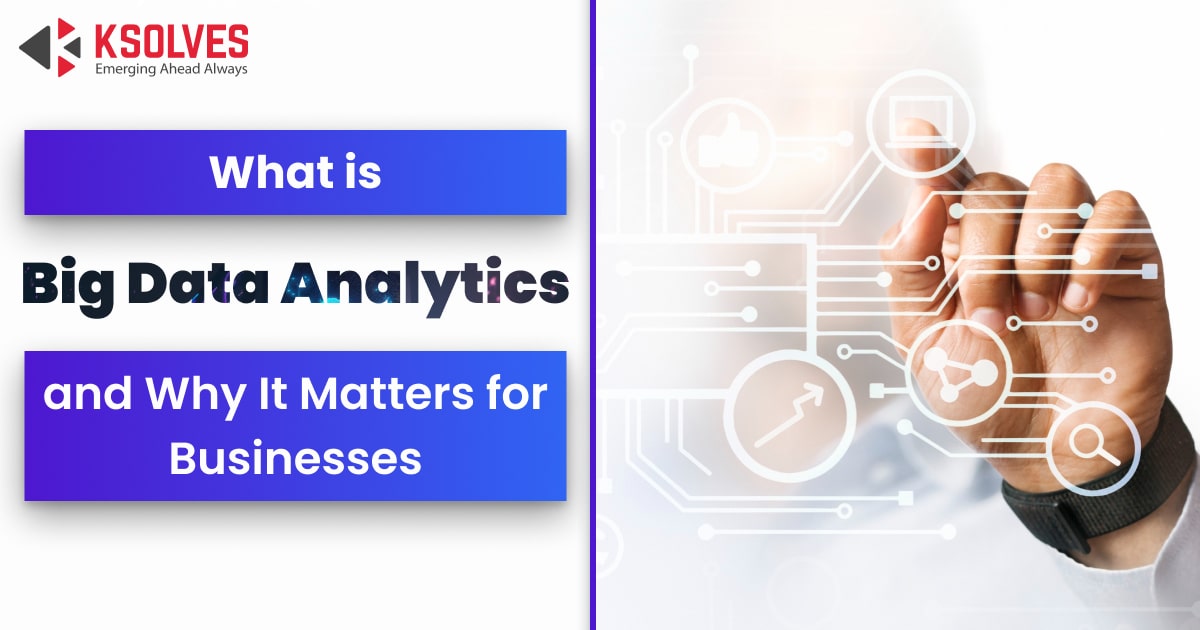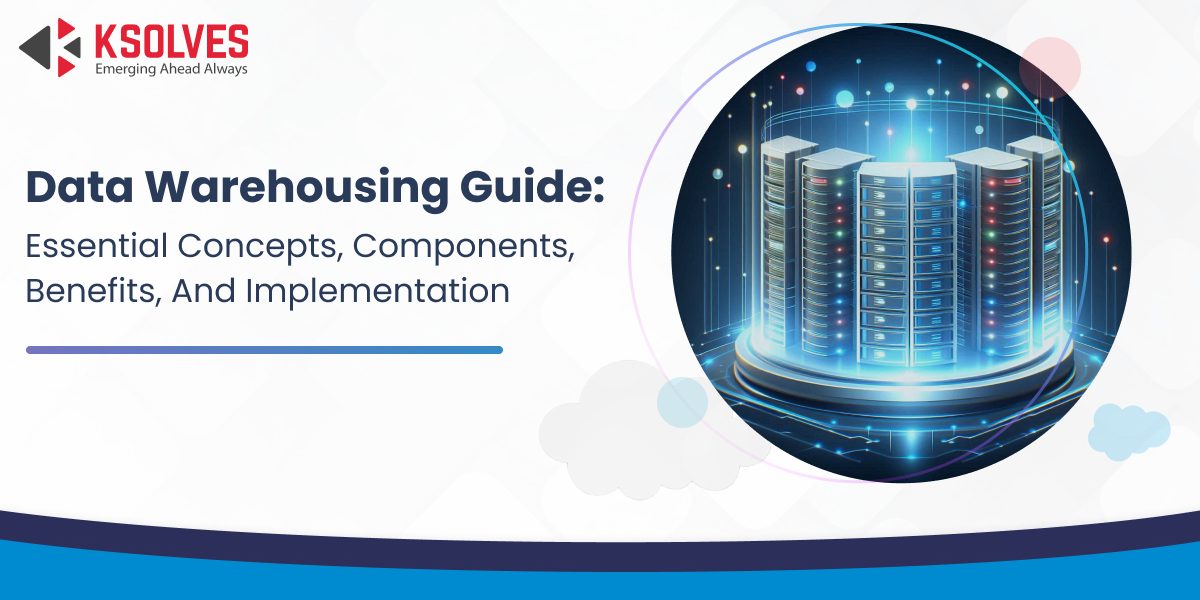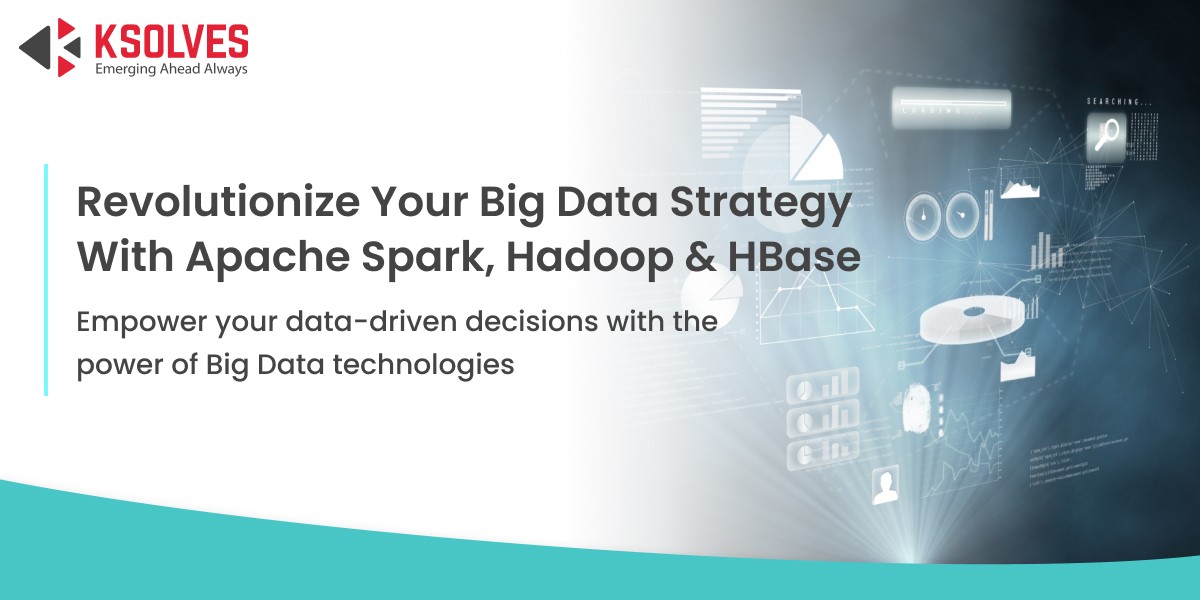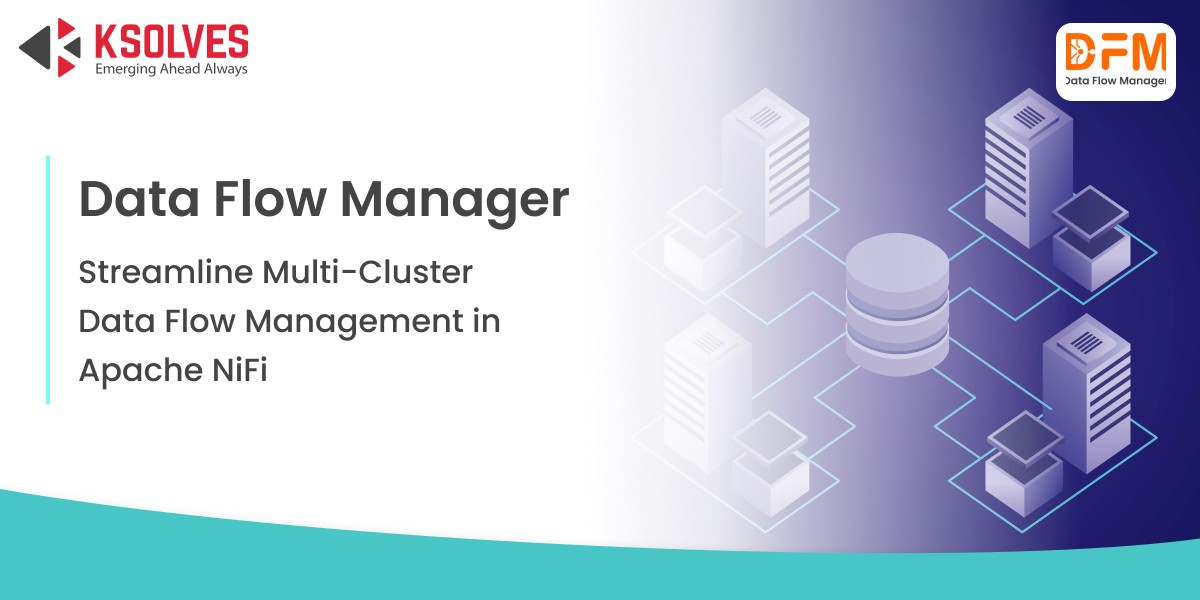Businesses are swimming in a vast ocean of data in this data-driven world, looking for ways to make use of it. Every click, purchase, tweet, and sensor reading adds to the ever-growing pool of information. But buried within this sea of data lies a treasure trove of insights waiting to be discovered. This is where the power of Big Data Analytics comes into play.
Just as a compass points the way to unexplored territories, Big Data Analytics unveils patterns, trends, and correlations that might otherwise go unnoticed. It’s like having a sixth sense, an X-ray vision that transforms raw data into practical insights, empowering organizations to make informed choices and make use of opportunities.
What is Big Data Analytics?
Big Data Analytics is a way of examining and making sense of large amounts of data to find meaningful patterns and insights. It involves using advanced tools and techniques to process, analyze, and interpret massive volumes of data from various sources. The goal is to uncover valuable information that can help businesses make smarter decisions, improve operations, and stand out in the competition.
In simple terms, Big Data Analytics helps organizations make sense of the massive amount of data they collect and use it to make informed decisions and drive strategic initiatives.
Understanding Types of Big Data Analytics
Big Data Analytics encompasses various categories, each serving a unique purpose in extracting insights from data. Let’s explore some of the key categories that businesses utilize:
Descriptive analytics focuses on summarizing and visualizing historical data to provide a snapshot of past events. It helps businesses understand what has happened and gain insights into patterns, trends, and key performance indicators (KPIs). Descriptive analytics forms the foundation for other advanced analytics techniques.
As the name suggests, Diagnostic analytics digs deeper into the data to uncover the reasons behind specific events or outcomes. By analyzing historical data and applying statistical methods, it helps businesses identify the root causes of problems or successes. Diagnostic analytics enables organizations to gain a deeper understanding of why certain events occurred, facilitating informed decision-making.
Predictive analytics utilizes historical and current data to forecast future outcomes and trends. By leveraging statistical modeling and machine learning algorithms, it enables businesses to make predictions and anticipate potential scenarios. This category of analytics empowers organizations to proactively plan, optimize resources, and mitigate risks.
Prescriptive analytics goes a step further by providing recommendations and actionable insights based on the analysis of data. It not only predicts future outcomes but also suggests the best course of action to achieve desired results. Prescriptive analytics helps businesses optimize decision-making processes by combining advanced analytics techniques, computational modeling, and optimization algorithms.
Benefits of Big Data Analytics
- Personalized Customer Experiences
By analyzing customer data, businesses can gain a deeper understanding of their preferences, behavior, and needs. This allows for personalized marketing campaigns, tailored product recommendations, and targeted customer engagement, leading to improved customer satisfaction and loyalty.
- Identification of Market Trends
Big Data Analytics helps businesses stay ahead of the competition by identifying emerging market trends, consumer demands, and industry shifts. This enables organizations to adapt quickly, develop innovative products or services, and capitalize on new opportunities.
Through data analysis, organizations can identify potential risks, detect anomalies, and mitigate them in a timely manner. Big Data Analytics enables proactive risk management, fraud detection, and compliance monitoring, reducing financial losses and protecting business reputation.
- Improved Forecasting and Planning
With predictive analytics, businesses can forecast future outcomes, demand patterns, and market trends. This empowers organizations to make accurate forecasts, optimize inventory management, and make strategic plans that align with anticipated market conditions.
Big Data Analytics fosters innovation by uncovering insights that lead to new products, services, and business models. By leveraging data, organizations can identify unmet customer needs, explore untapped markets, and drive continuous improvement and innovation.
Businesses that effectively leverage Big Data Analytics gain a competitive edge. By making data-driven decisions, organizations can respond quickly to market changes, anticipate customer demands, and outperform competitors.
Challenges with Big Data Analytics
- Data Privacy and Security
The increasing volume and complexity of data pose challenges in safeguarding sensitive information. Organizations must adhere to strict data privacy regulations, implement robust security measures, and establish protocols for secure data storage, access, and transmission to protect against breaches and unauthorized access.
The shortage of skilled professionals with expertise in Big Data Analytics is a challenge for many organizations. The field demands a combination of data science, statistical analysis, programming, and domain knowledge. Organizations need to invest in training and hiring qualified personnel to effectively leverage Big Data Analytics.
- Data Complexity and Variety
Big Data Analytics deals with diverse data types, including structured, semi-structured, and unstructured data, such as text, images, audio, and video. Analyzing and deriving insights from such complex and varied data sources can pose challenges in terms of data preparation, processing, and analysis.
- Data Storage and Retention
The sheer volume of data generated by organizations can strain storage infrastructure and increase costs. Deciding what data to retain, how long to store it, and implementing efficient data archiving and retrieval strategies are essential challenges to overcome.
Popular Big Data Analytics Tools
Big Data Analytics relies on a variety of tools and technologies to process, analyze, and derive insights from large and complex datasets. Here are some commonly used tools in the field of Big Data Analytics:
- Hadoop: An open-source framework for distributed processing of large datasets, providing scalability and fault tolerance.
- Apache Spark: A fast and versatile cluster computing system for in-memory data processing, supporting various programming languages and libraries for analytics.
- Tableau: A powerful data visualization tool that enables users to create interactive visualizations and dashboards for exploring and presenting insights.
- Apache Kafka: A distributed streaming platform for handling real-time data streams, offering scalable and fault-tolerant messaging and data ingestion.
- Apache Cassandra: A highly scalable NoSQL database designed for handling large amounts of structured and semi-structured data with high availability and fault tolerance.
- Apache Flink: A stream processing framework supporting both batch and real-time processing, known for its high performance and fault tolerance.
Future of Big Data Analytics
The future of Big Data Analytics is filled with immense potential, driven by transformative trends that shape innovation and decision-making processes. Integration of Artificial Intelligence (AI) and Machine Learning (ML) empowers businesses with automated data analysis, pattern recognition, and real-time predictive modeling, delivering valuable insights. Edge computing plays a vital role by processing data at its source, enabling faster and more responsive decision-making.
Cloud-based analytics offers scalable infrastructure for analyzing vast datasets, facilitating efficient processing and unlocking valuable insights. Real-time analytics ensures organizations can respond promptly to changing market conditions and emerging trends. Data governance plays a critical role in establishing transparency and protecting privacy, fostering trust among stakeholders. Augmented Analytics empowers non-technical users to extract insights independently, while advanced data visualization techniques enhance the understanding of complex data. By embracing these trends, businesses can shape their future success.
The Working of Big Data Analytics
- Data Collection: This initial step focuses on gathering relevant data from various sources, such as internal systems, customer interactions, social media platforms, and sensors. The data is collected and stored in a centralized location or distributed storage system, ensuring it is easily accessible for analysis.
- Data Processing: Once the data is collected, it goes through the data processing phase. During this stage, the collected data is organized, structured, and prepared for further analysis. Data processing involves activities like data transformation, integration, and aggregation to ensure its quality, consistency, and compatibility with analytical tools.
- Data Cleaning: Data cleaning is a critical step that involves identifying and addressing errors, inconsistencies, and inaccuracies within the dataset. This process includes removing duplicates, handling missing values, and resolving any inconsistencies or anomalies that could affect the accuracy of the analysis. Data cleaning ensures that the dataset is reliable and ready for meaningful analysis.
- Data Analysis: The final step in Big Data Analytics is data analysis. This involves applying various analytical techniques, such as statistical analysis, data mining, machine learning, and predictive modeling, to extract valuable insights from the cleaned and processed data. Through analysis, patterns, trends, and relationships within the data are identified, providing businesses with practical takeaways to make informed decisions.
Wrapping Up
In conclusion, Big Data Analytics is revolutionizing the way businesses operate by unlocking valuable insights from vast amounts of data. By leveraging advanced tools, techniques, and technologies, organizations can reveal patterns, trends, and correlations that provide a competitive edge and drive informed decision-making. From personalized customer experiences to risk mitigation and data-driven innovation, the benefits of Big Data Analytics are far-reaching.
However, implementing it in business comes with challenges, including data privacy, talent gap, data complexity, and storage considerations. Nevertheless, with the right strategies, tools, and approaches, businesses can utilize the power of Big Data Analytics to gain a deeper understanding of their operations, customers, and markets, ultimately leading to enhanced performance and success in the digital age.
Big Data Analytics Services by Ksolves
When it comes to finding a reliable and expert partner for your big data analytic services, Ksolves stands out as the right choice. As a leading big data consulting company, Ksolves brings a wealth of experience, expertise, and top-notch solutions to the table. With our deep understanding of big data analytics and the latest industry trends, Ksolves can help businesses unlock the true potential of your data.
Our team of skilled professionals excels in data collection, processing, analysis, and visualization, ensuring that you gain actionable insights to make informed decisions. With a client-centric approach, Ksolves customizes services to meet your specific needs, providing scalable solutions that align with your business goals. Partnering with Ksolves guarantees not only exceptional technical expertise but also a collaborative and reliable partnership that will empower your Business.






AUTHOR
Share with